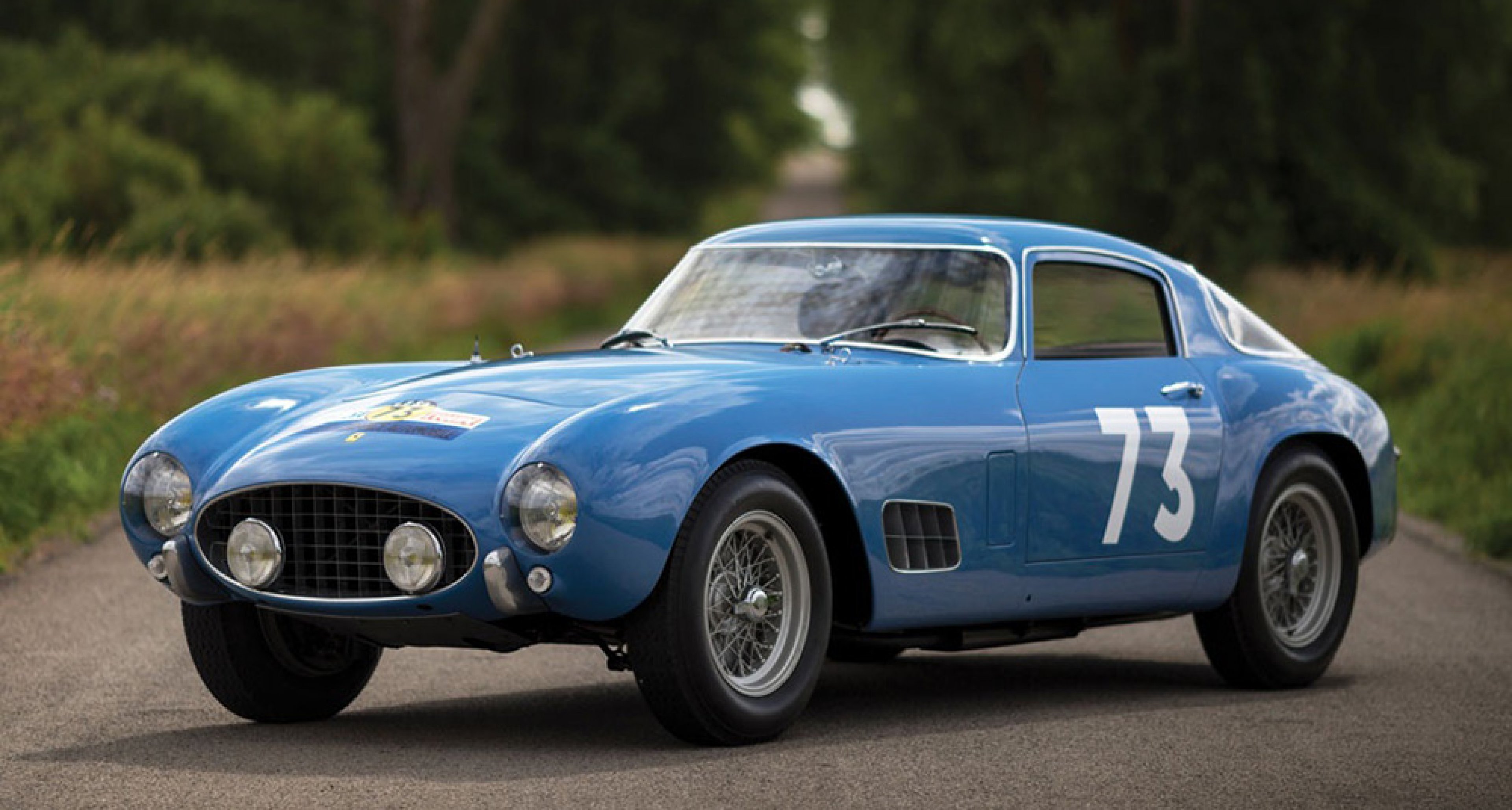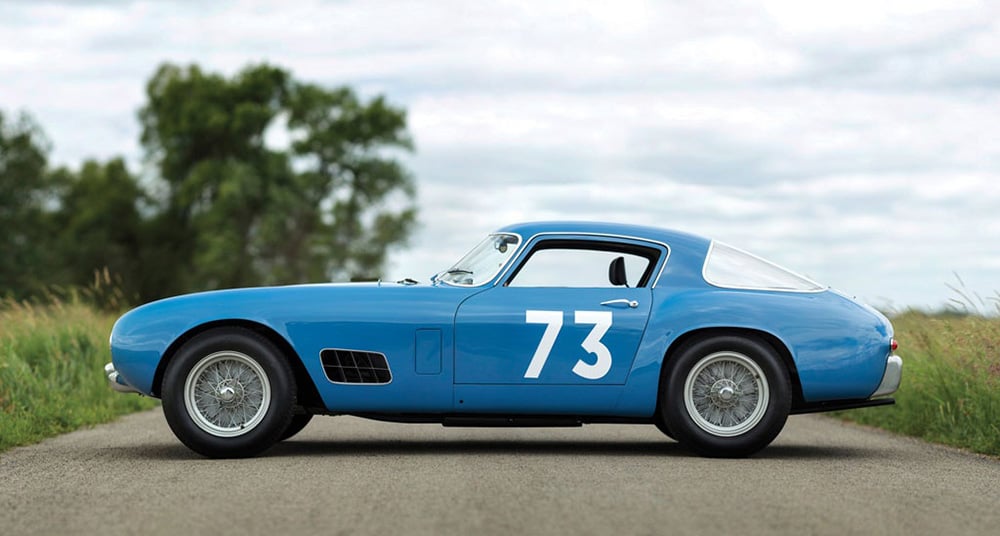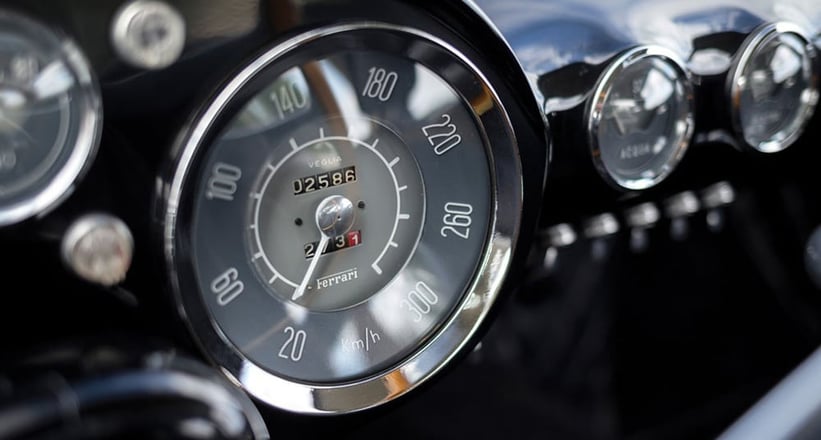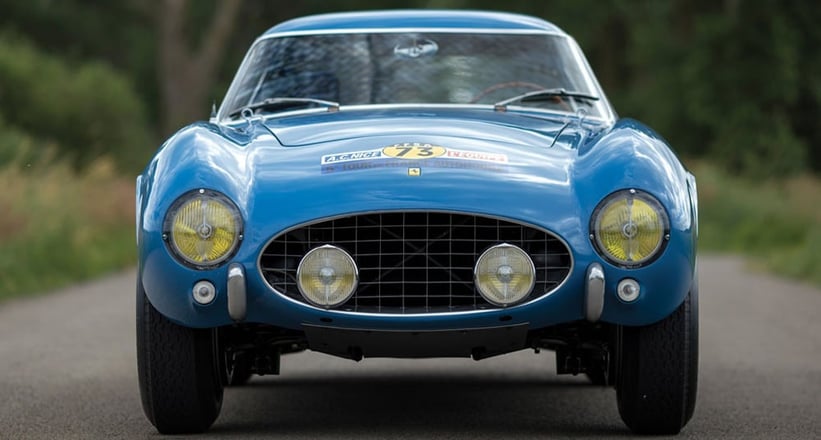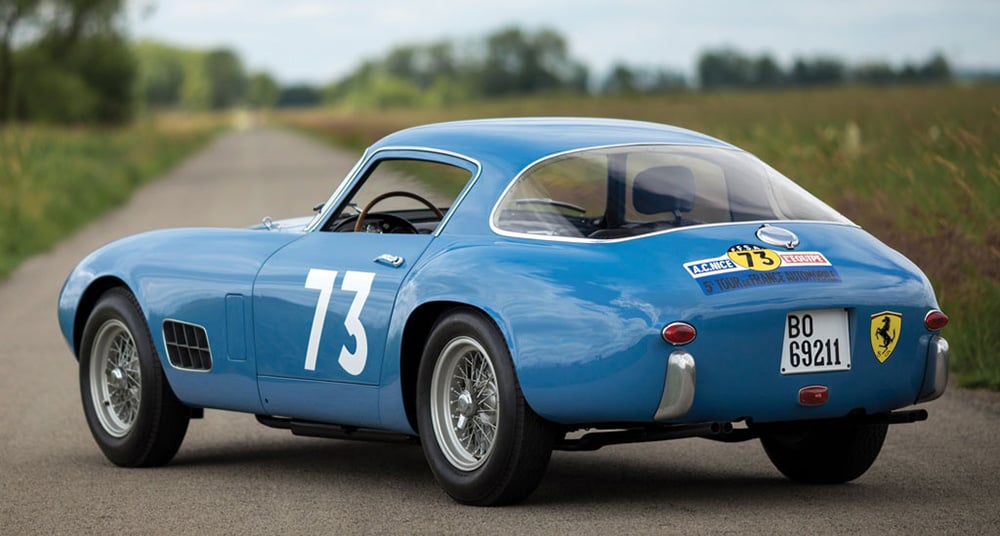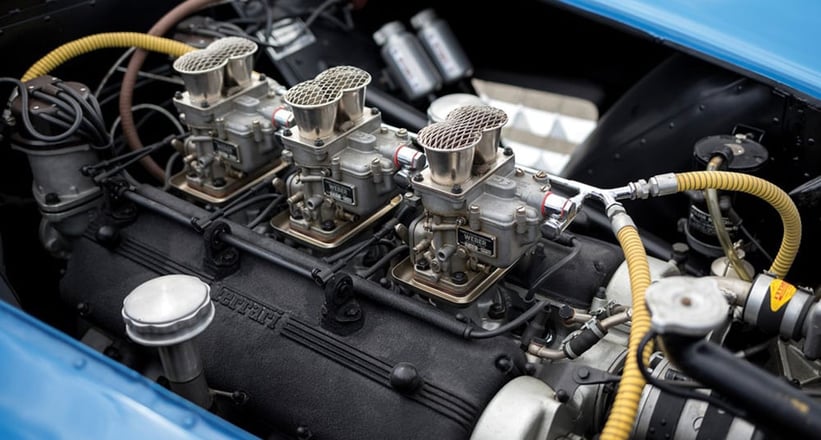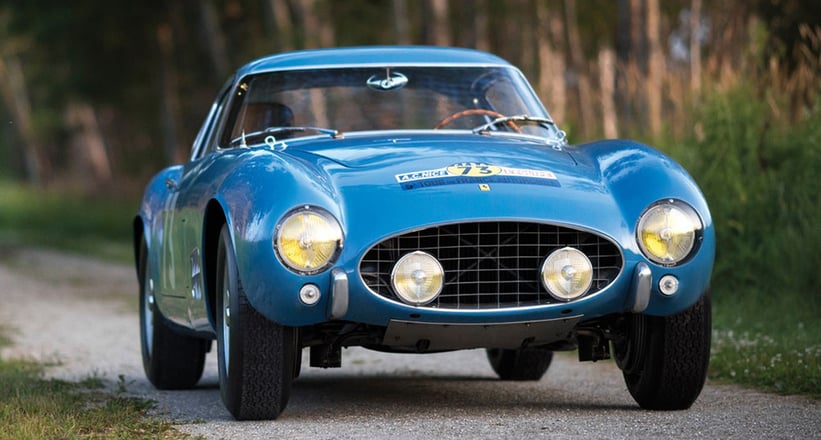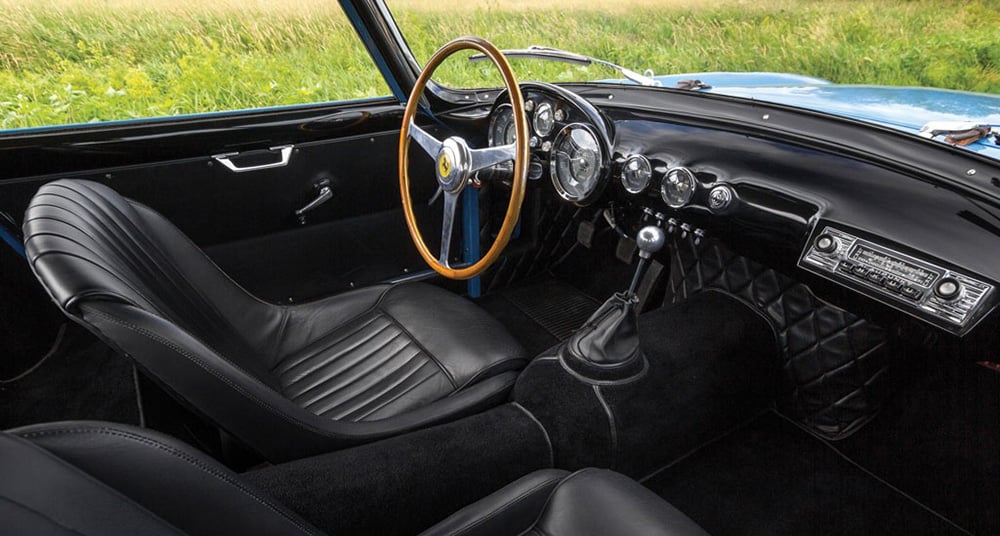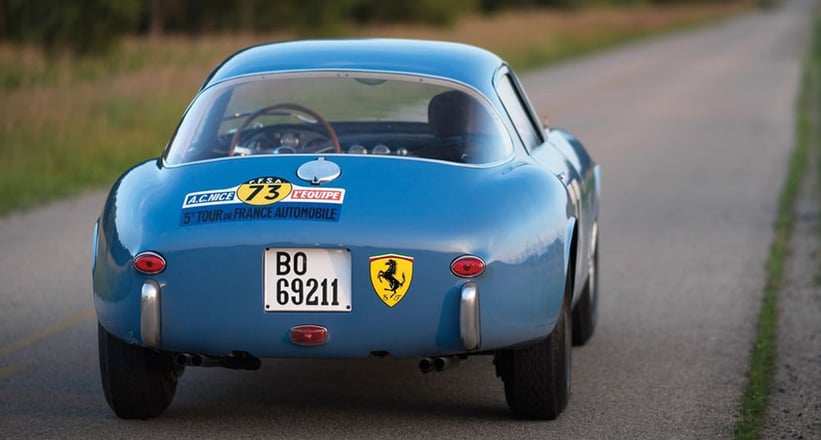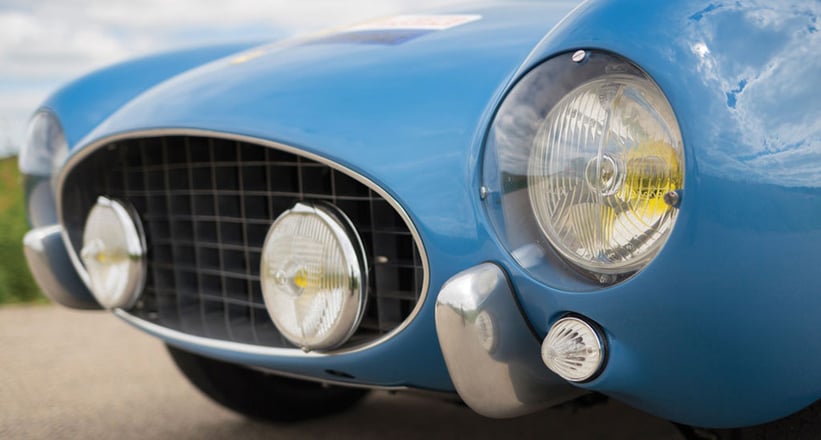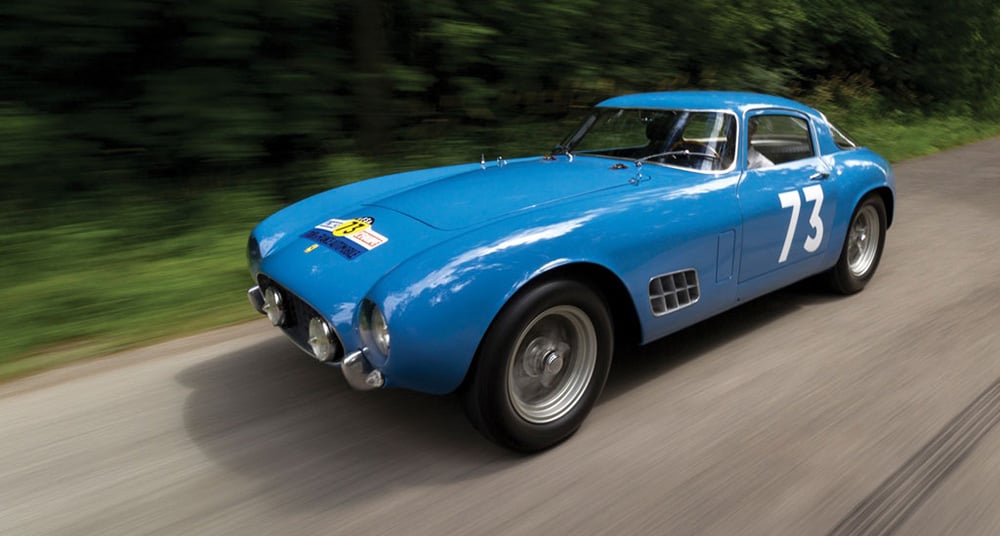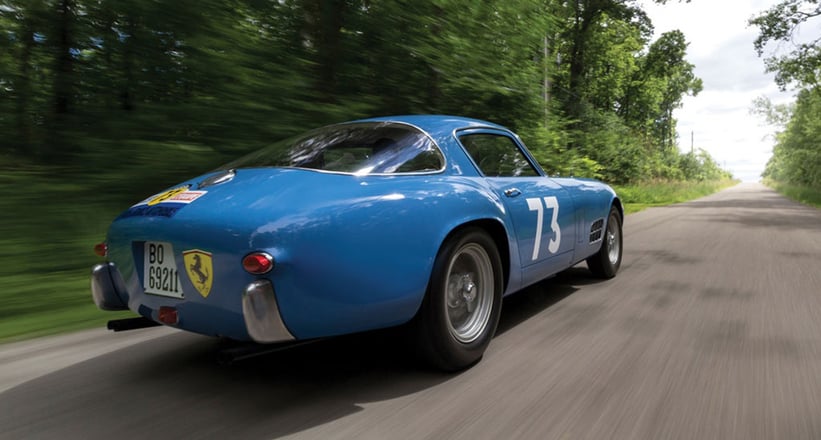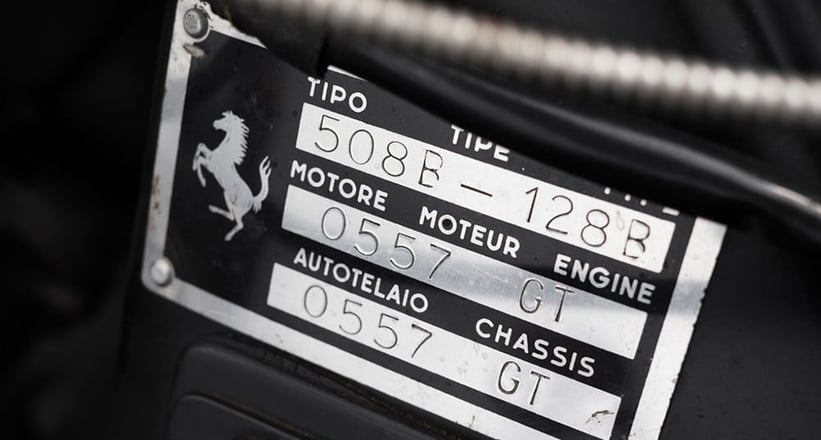Une bonne partie du Rallye d’Allemagne se déroule sur les coteaux escarpés qui bordent la Moselle. A bord du Kloster Machern, nous avons appareillé à Trèves pour un aller/retour d’une centaine de kilomètres jusqu’à Bernkastel-Kues.
Depuis près de 15 ans, pour aller sur les spéciales du Rallye Deutschland, on arpente chaque année la route B53 qui longe la Moselle en regardant avec envie ces péniches glisser sur les eaux limpides de la rivière. Hier, nous avons embarqué à bord duKloster Machernpour une balade de huit heures au fil de la Moselle, de Trèves à Bernkastel-Kues, et retour.
L’embarcadère se trouve à Trier Zurlauben, tout près de la Porta Nigra. Notre vaisseau a appareillé à 9h00 pétantes avec une bonne centaine de moussaillons à bord, dont la plupart étaient déjà attablés à 9h01.
Après une bonne demi-heure, une fois passé les différentes zones industrielles et commerciales de Trèves, on arrive à Schweich, porte d’entrée des vignobles mosellans. Notre navire est en fait un bateau-bus qui va observer 16 escales jusqu’à Bernkastel-Kues.
A Mehring, la Moselle décrit de belles courbes que l’on négocie à 6 nœuds, ce qui nous laisse le temps d’admirer les coteaux abruptes plantés de différents cépages. Puis on arrive à la première des deux écluses que compte notre parcours. Il y a 28 écluses sur les 545 km de la Moselle, dont 10 en Allemagne.
NotreKloster Macherns’engouffre entre deux murets de ciment et s’immobilise derrièreRival, une monstrueuse péniche de 110 mètres de long, 3303 tonnes. Jusqu’à Bernkastel-Kues, nous naviguons dans le sens du courant. Derrière nous, une énorme porte métallique se soulève hors de l’eau, tandis que devant, une autre porte s’entrebâille lentement.
Il faudra 10 minutes pour vider les 22 millions de litres d’eau que compte l’écluse et nous retrouver 6 mètres plus bas pour poursuivre notre route. C’est encore plus impressionnant au retour où, en une dizaine de minutes, l’eau soulève les navires de commerce comme de simples jouets en plastique dans une baignoire.
La Moselle nous emmène aux villages-vignerons de Trittenheim, Neumagen, Piesport, Brauneberg pour arriver à Bernkastel-Kues et ses magnifiques maisons à colombages. La rivière poursuit jusqu’à Coblence où elle se jette dans le Rhin, mais pour nous, c’est le terminus. Après une promenade dans les rues pavées du village et une pause Currywurst-Kirschtorte, il est l’heure de réembarquer sur leKloster Machernpour rentrer à Trèves, à contre-courant et sous la pluie.
Much of Rallye Deutschland’s action takes place in the vineyards which line the Mosel River. We boarded the Kloster Machern in Trier for a cruise of around 100km to Bernkastel-Kues and back.
 For almost 15 years now, we have become accustomed to taking the B53 road which follows the Mosel to access many of Rallye Deutschland’s signature stages, enviously watching the barges that sail slowly up and down the river. Today, we decided to indulge in an eight-hour cruise from Trier to Bernkastel-Kues and back.
You board at Trier Zurlauben, close to the city’s famous Porta Nigra monument. We departed at the stroke of nine with around 100 fellow passengers, the majority of whom were already sitting in the restaurant at 9:01am!
After a good half-hour, once out of the port area, you arrive in Schweich which serves as gateway to the riverside vineyards. It was the first of the 16 stops that our ‘bus-boat’ made on its way downstream to Bernkastel-Kues.
For almost 15 years now, we have become accustomed to taking the B53 road which follows the Mosel to access many of Rallye Deutschland’s signature stages, enviously watching the barges that sail slowly up and down the river. Today, we decided to indulge in an eight-hour cruise from Trier to Bernkastel-Kues and back.
You board at Trier Zurlauben, close to the city’s famous Porta Nigra monument. We departed at the stroke of nine with around 100 fellow passengers, the majority of whom were already sitting in the restaurant at 9:01am!
After a good half-hour, once out of the port area, you arrive in Schweich which serves as gateway to the riverside vineyards. It was the first of the 16 stops that our ‘bus-boat’ made on its way downstream to Bernkastel-Kues.
 In Mehring, the Moselle began a series of sweeping meanders as we reached a speed of six knots, a leisurely pace which left time to admire the steep, vine-clad valley sides. After that, we reached the first of the two locks that punctuate the trip – two of the 28 locks to be found along the Mosel’s 545 kilometres.
We slipped into the lock just behind the Rival, a huge 110-metre long, 3,303 tonne barge. The enormous metal gate rose in our wake while another opened slowly ahead of us.
It took 10 minutes to empty the lock’s 22 million litres of river and position us six metres lower down. It was even more impressive on our way back as the water raised our vessel as though it was a mere plastic duck in a bathtub.
The journey took us past wine-trading villages like Trittenheim, Neumagen, Piesport and Brauneberg before we reached Bernkastel-Kues, famous for its medieval houses. This is our terminus, but the river continues to Koblenz where its joins the Rhine. We took an hour to explore the paved streets and treat ourselves to a Currywurst and cherry cake before embarking for the return leg… in rain.
In Mehring, the Moselle began a series of sweeping meanders as we reached a speed of six knots, a leisurely pace which left time to admire the steep, vine-clad valley sides. After that, we reached the first of the two locks that punctuate the trip – two of the 28 locks to be found along the Mosel’s 545 kilometres.
We slipped into the lock just behind the Rival, a huge 110-metre long, 3,303 tonne barge. The enormous metal gate rose in our wake while another opened slowly ahead of us.
It took 10 minutes to empty the lock’s 22 million litres of river and position us six metres lower down. It was even more impressive on our way back as the water raised our vessel as though it was a mere plastic duck in a bathtub.
The journey took us past wine-trading villages like Trittenheim, Neumagen, Piesport and Brauneberg before we reached Bernkastel-Kues, famous for its medieval houses. This is our terminus, but the river continues to Koblenz where its joins the Rhine. We took an hour to explore the paved streets and treat ourselves to a Currywurst and cherry cake before embarking for the return leg… in rain.

Much of Rallye Deutschland’s action takes place in the vineyards which line the Mosel River. We boarded the Kloster Machern in Trier for a cruise of around 100km to Bernkastel-Kues and back.
For almost 15 years now, we have become accustomed to taking the B53 road which follows the Mosel to access many of Rallye Deutschland’s signature stages, enviously watching the barges that sail slowly up and down the river. Today, we decided to indulge in an eight-hour cruise from Trier to Bernkastel-Kues and back.
You board at Trier Zurlauben, close to the city’s famous Porta Nigra monument. We departed at the stroke of nine with around 100 fellow passengers, the majority of whom were already sitting in the restaurant at 9:01am!
After a good half-hour, once out of the port area, you arrive in Schweich which serves as gateway to the riverside vineyards. It was the first of the 16 stops that our ‘bus-boat’ made on its way downstream to Bernkastel-Kues.
In Mehring, the Moselle began a series of sweeping meanders as we reached a speed of six knots, a leisurely pace which left time to admire the steep, vine-clad valley sides. After that, we reached the first of the two locks that punctuate the trip – two of the 28 locks to be found along the Mosel’s 545 kilometres.
We slipped into the lock just behind the Rival, a huge 110-metre long, 3,303 tonne barge. The enormous metal gate rose in our wake while another opened slowly ahead of us.
It took 10 minutes to empty the lock’s 22 million litres of river and position us six metres lower down. It was even more impressive on our way back as the water raised our vessel as though it was a mere plastic duck in a bathtub.
The journey took us past wine-trading villages like Trittenheim, Neumagen, Piesport and Brauneberg before we reached Bernkastel-Kues, famous for its medieval houses. This is our terminus, but the river continues to Koblenz where its joins the Rhine. We took an hour to explore the paved streets and treat ourselves to a Currywurst and cherry cake before embarking for the return leg… in rain.

